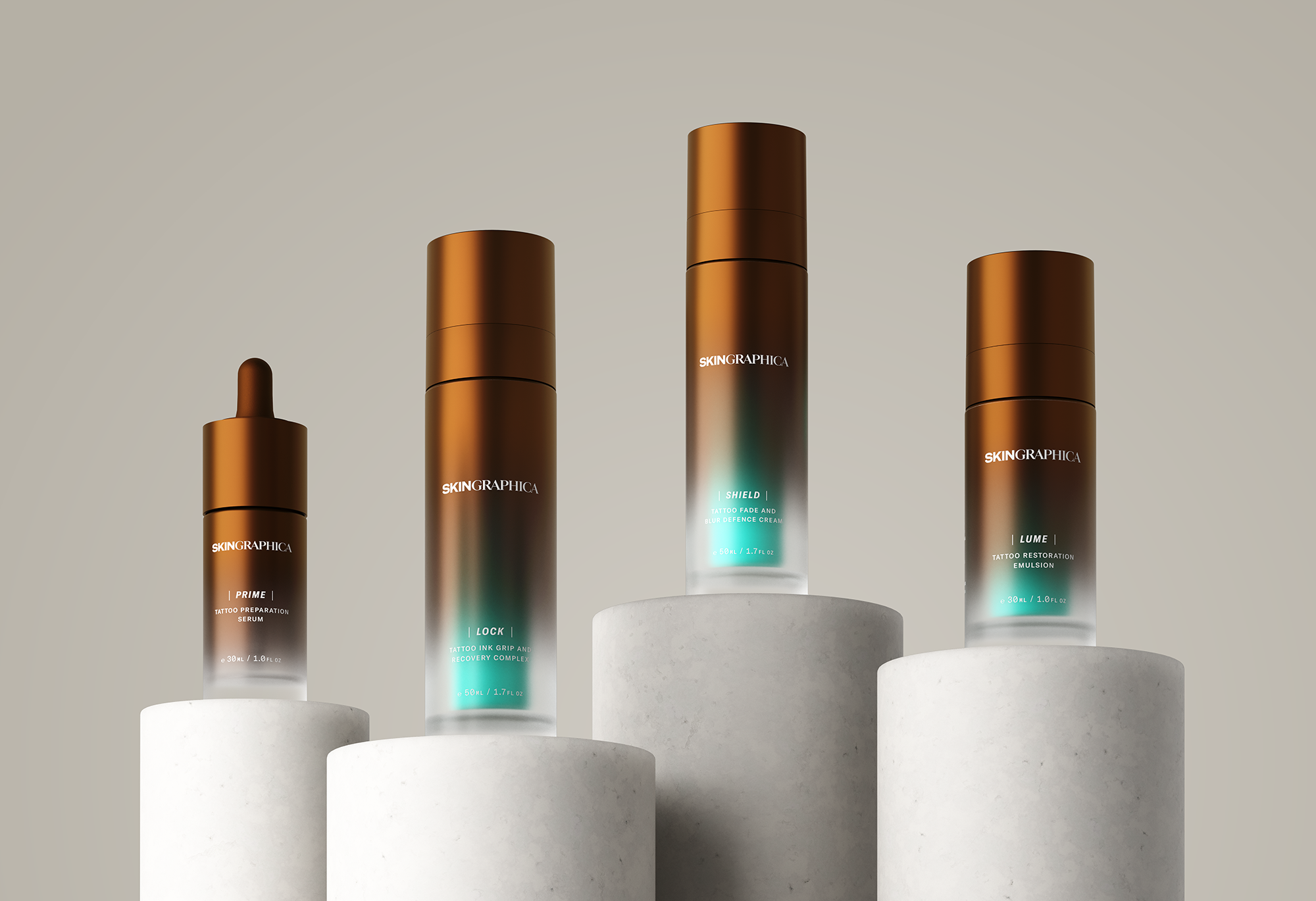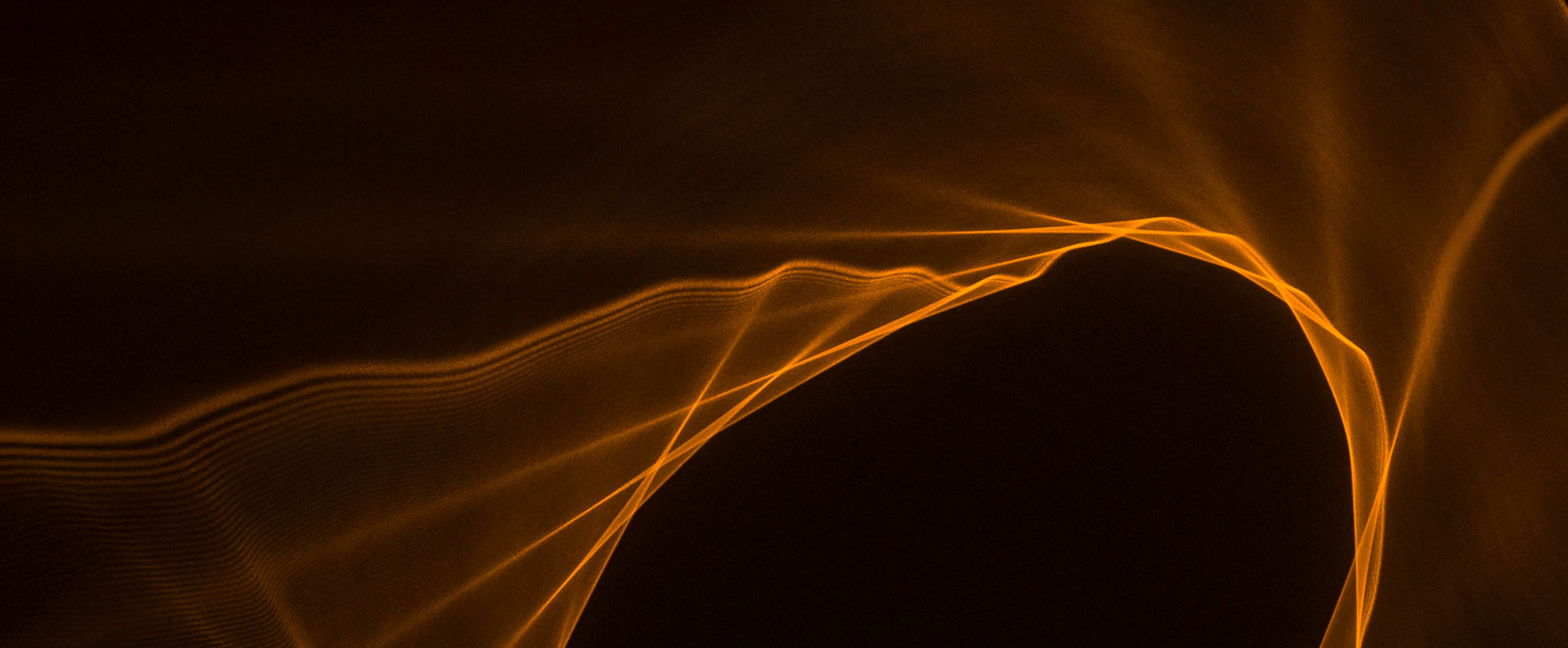-
Tattoos may look static, but beneath the surface, your body is constantly interacting with the ink. From immune cells to UV rays, and even diet, dozens of hidden factors influence how tattoos age.
Here’s what science reveals about tattoo longevity, and why care matters.
1. Tattoos are a 'foreign body' forever
What happens
When ink is deposited into the dermis, the immune system recognises it as foreign. Macrophages engulf pigment particles and “hold” them in place. Over time, those cells die and pass the pigment to new macrophages. This cycle never stops.
Why it matters
Your tattoo is permanent because of this immune recycling, but it also explains why tattoos slowly fade or blur.
Surprising fact
Your body is constantly trying to clean up your tattoo, you just don’t see it happening.
2. Blood sugar affects tattoo ageing
What happens
High blood sugar stiffens collagen fibres through a process called glycation. This makes skin less elastic and more prone to distortion.
Why it matters
Tattoos depend on collagen structure to hold pigment neatly. If collagen becomes brittle, tattoos may warp or blur faster.
Surprising fact
A diet high in processed sugars can age your tattoos from the inside out.
3. Pollution can fade tattoos too
What happens
Tiny airborne pollutants (PM2.5 particles) penetrate the skin, generating free radicals. These reactive molecules damage collagen and elastin, while also degrading pigment molecules.
Why it matters
Urban pollution can make tattoos look dull and less vibrant, even if you’re diligent with SPF.
Surprising fact
Living in a big city without daily antioxidant care can fade tattoos nearly as fast as sun exposure.
4. Why fresh tattoos itch
What happens
After a tattoo, the skin barrier repairs while hair follicles push regrowing hairs through healing tissue. This, combined with inflammation and nerve repair, causes itching.
Why it matters
Scratching disrupts healing, risks scarring, and can pull pigment out.
Surprising fact
That “tattoo itch” isn’t just dryness, it’s hair regrowth irritating traumatised skin.
5. Tattoos and Vitamin D
What happens
Large, dense tattoos can slightly reduce UV penetration in those areas, which may influence vitamin D production in the skin. While not dangerous, it’s something to be aware of.
Why it matters
People with heavy tattoo coverage, especially combined with diligent SPF use, may need to check vitamin D levels.
Surprising fact
Your tattoos might block a fraction of your natural vitamin D production.
6. Collagen density controls tattoo clarity
What happens
Collagen gives the dermis its structure. Dense, healthy collagen holds pigment in a stable matrix and makes tattoos look sharper. When collagen thins, tattoos look blurred.
Why it matters
Lifestyle choices (protein intake, sleep, exercise) and skincare that support collagen indirectly support tattoo clarity.
Surprising fact
Tattoos on youthful, collagen-rich skin look sharper, and with the right care, you can preserve that density.
7. Blue light is the silent fader
What happens
High-energy blue light from phones, laptops, and indoor LEDs penetrates deep into skin, generating oxidative stress.
Why it matters
Blue light may accelerate pigment fade and skin ageing, even without sun exposure.
Surprising fact
Your tattoos are under attack during Netflix binges just as much as on the beach.
8. Tattoos can mask skin cancer
What happens
Tattoo pigment can obscure early warning signs like irregular moles or lesions. Dermatologists recommend full skin checks for tattooed individuals, especially with large or dark coverage.
Why it matters
Protecting your tattoos also means protecting your health.
Surprising Fact
Tattoos can make it harder to spot melanoma early, regular checks are essential.
9. Ageing skin changes tattoo geometry
What happens
As collagen and elastin break down, skin loses firmness. Tattoos can stretch, sag, or distort with gravity and joint movement.
Why it matters
Skincare and lifestyle that slow skin ageing also preserve tattoo geometry.
Surprising fact
Your tattoos can “migrate” over time, not because ink moves, but because your skin does.
10. Smoking steals ink
What happens
Smoking constricts blood vessels, reducing oxygen and nutrient delivery to the skin. This slows healing and long-term repair, which impacts pigment clarity.
Why it matters
Tattoos in smokers often look more blurred, dull, or aged compared to non-smokers.
Surprising fact
Lighting up doesn’t just age your face, it literally starves your tattoos.
11. Tattoos and exercise
'The Circulation Effect'
What happens: Regular exercise boosts circulation, improving nutrient and oxygen delivery to the skin. Better circulation supports tissue health and repair.
Why it matters
While sweat can irritate fresh tattoos, long term, active people tend to have healthier looking tattoos thanks to better blood flow.
Surprising fact
A healthy heart also means healthier tattoos.
12. Tattoos and hormones
What happens
Hormonal changes, from pregnancy, menopause, or medication, affect skin thickness, hydration, and elasticity. Tattoos may appear lighter or distorted during these shifts.
Why it matters
Understanding hormonal effects on skin helps manage expectations for tattoo longevity.
Surprising fact
Your tattoos can change subtly with life stages, not just with age.
13. The role of sleep
What happens
Deep sleep is when growth hormone surges and tissue repair peaks. Poor sleep reduces collagen production and slows wound healing.
Why it matters
Lack of rest before or after tattooing can make tattoos heal less efficiently and age faster.
Surprising fact
Beauty sleep isn’t just for skin glow, it literally helps lock in your ink.
Explore the range

Quick view
PRIME
-
Regular price
-
$248.00 AUD
-
Regular price
-
-
Sale price
-
$248.00 AUD
- Regular price
-
$248.00 AUD - Regular price
-
- Sale price
-
$248.00 AUD
Quick view
LOCK
-
Regular price
-
$269.00 AUD
-
Regular price
-
-
Sale price
-
$269.00 AUD
- Regular price
-
$269.00 AUD - Regular price
-
- Sale price
-
$269.00 AUD
Quick view
SHIELD
-
Regular price
-
$233.00 AUD
-
Regular price
-
-
Sale price
-
$233.00 AUD
- Regular price
-
$233.00 AUD - Regular price
-
- Sale price
-
$233.00 AUD
Quick view
LUME
-
Regular price
-
$383.00 AUD
-
Regular price
-
-
Sale price
-
$383.00 AUD
- Regular price
-
$383.00 AUD - Regular price
-
- Sale price
-
$383.00 AUD
